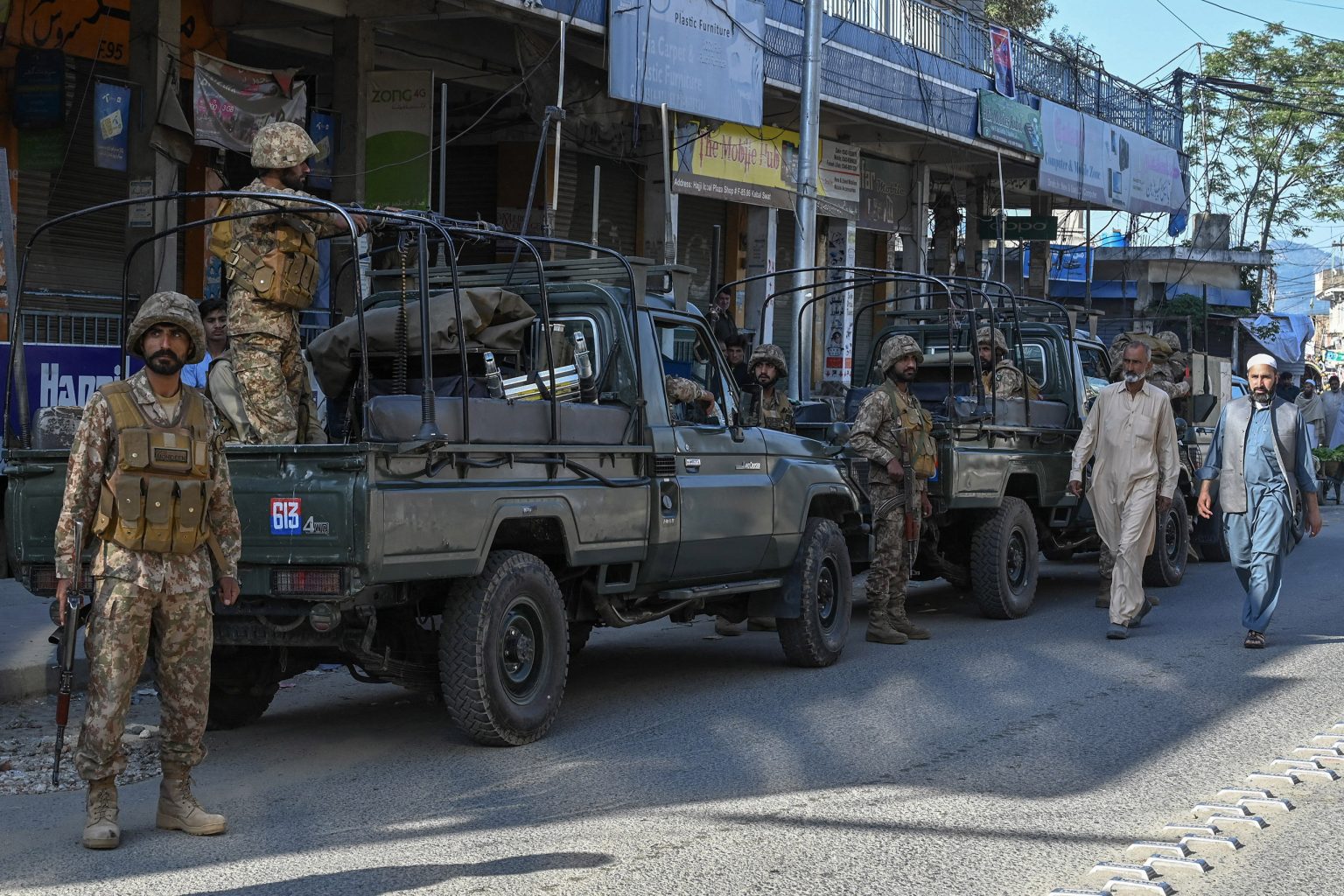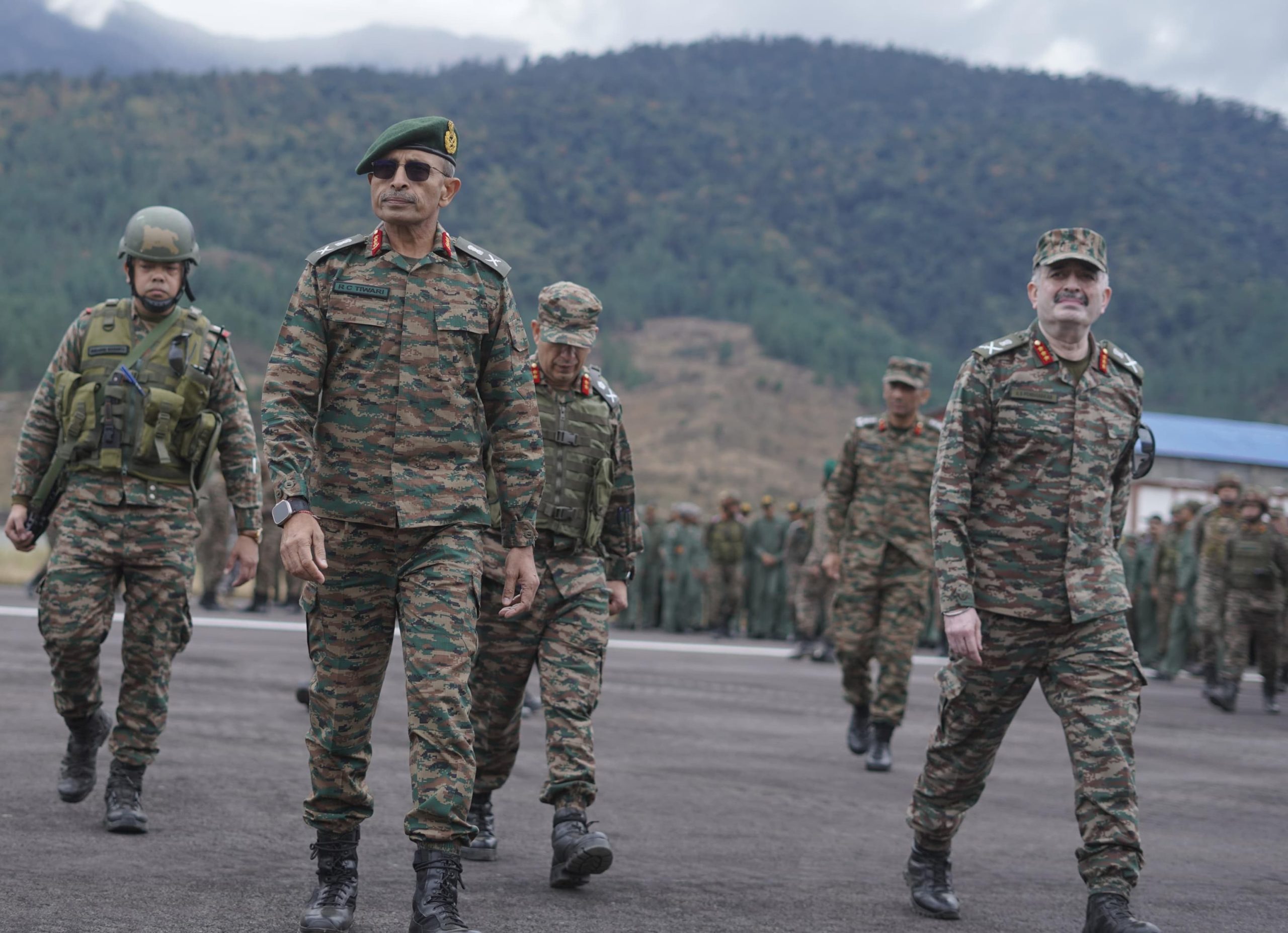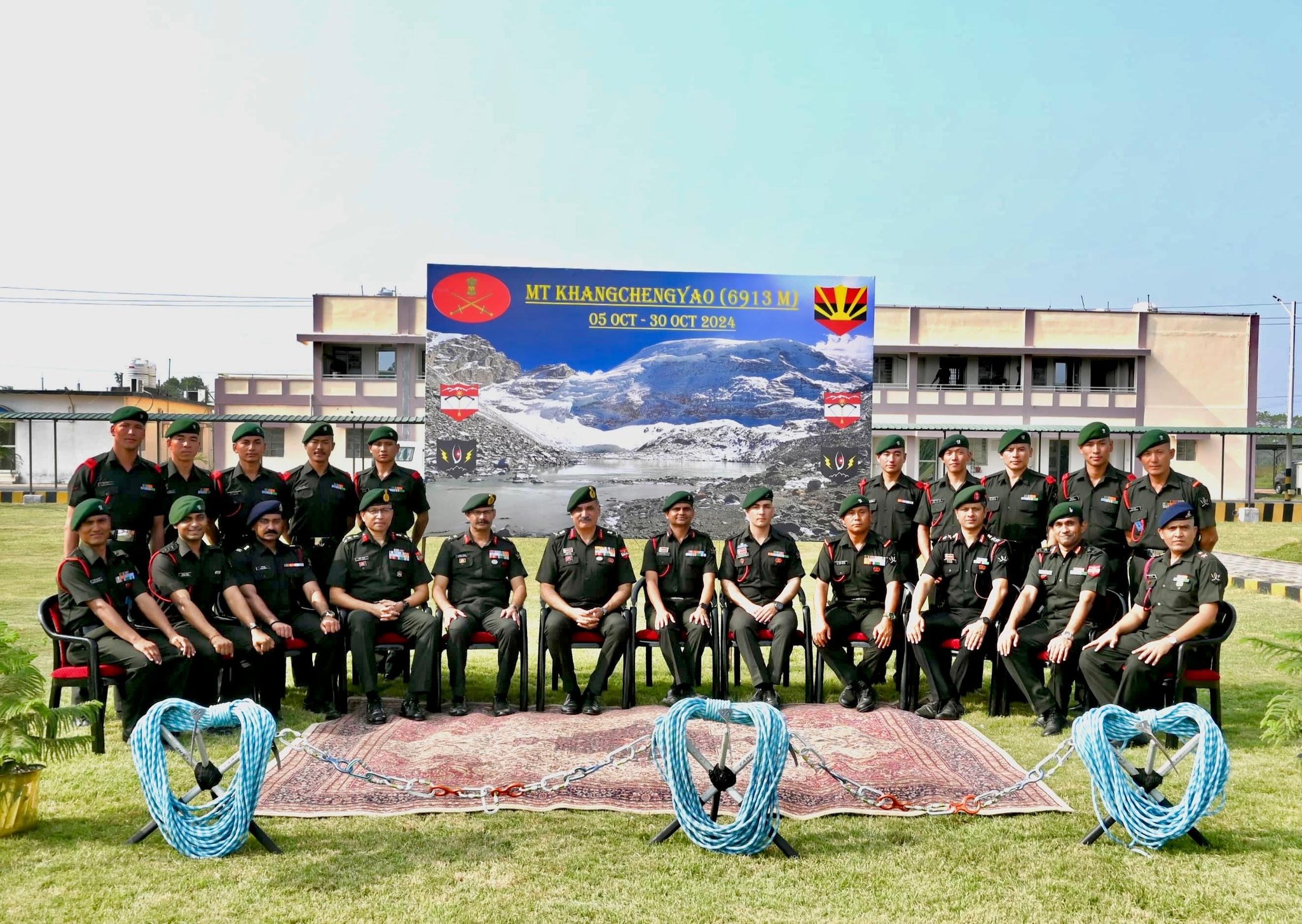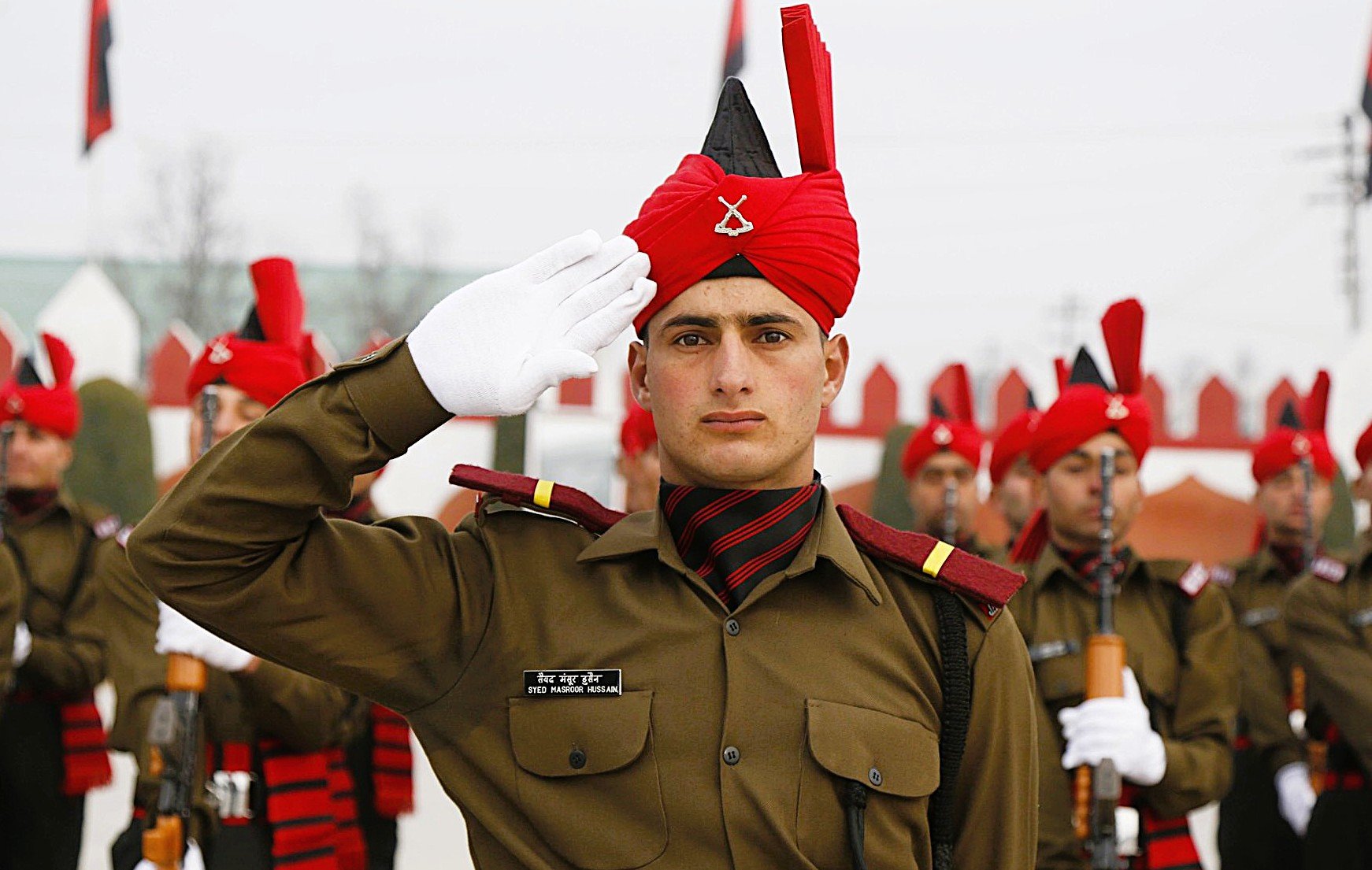Three Suspects Arrested After Flares Land Near Netanyahu’s Residence
Three suspects have been arrested in connection with an alarming incident involving two flares that landed near Prime Minister Benjamin…
Seven Soldiers Killed in Balochistan Border Post Attack by Separatists
In a tragic escalation of violence in Pakistan's Balochistan province, seven soldiers were killed and 15 others were injured when…
Lt General RC Tiwari Observed Exercise Poorvi Prahar
The second day of Exercise Poorvi Prahar witnessed an impressive display of joint operational capabilities by the Indian Army, Indian…
Indian Army to Host Annual Joint Humanitarian and Disaster Relief Exercise ‘Sanyukt Vimochan 2024’
The Indian Army is set to host Exercise Sanyukt Vimochan 2024 on November 18 and 19, an annual joint Humanitarian…
Brahmastra Corps Mountaineering Team Scales Khangchengyao Peak
Showcasing unparalleled resilience and determination, a 12-member mountaineering team from the Brahmastra Corps of the Indian Army successfully scaled the…
Why there is No Muslim Regiment in Indian Army?
The Indian Army, one of the largest and most respected military forces in the world, has a rich history of…






